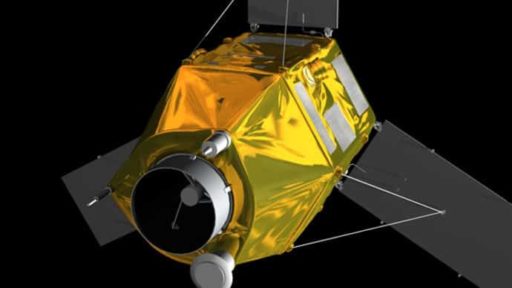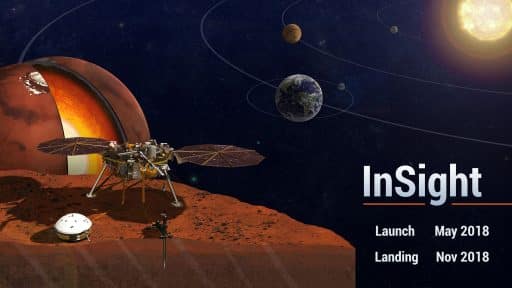There are many speculations about the exoplanet Gliese 581 g, which is orbiting a red dwarf Gliese 581. This exoplanet is near the middle of the habitable zone of its parent star, meaning it could sustain liquid water on its surface and could potentially host life similar to that on Earth. However, lately two researchers have made a full atmosphere-ocean model of this tidally locked planet which reveals many vital and interesting information.
The most common stars in our galaxy are dwarfs — smaller, reddish stars that emit far less light than our Sun. Some of them might be habitable like Earth, which we don’t know yet. Later researchers proposed that any watery worlds in the vicinity of this types of stars could form “Eyeball Earth,” meaning directly under the local star, the light would be intense enough to melt a circular patch of water, while the rest of the planet would remain locked in a deep freeze.
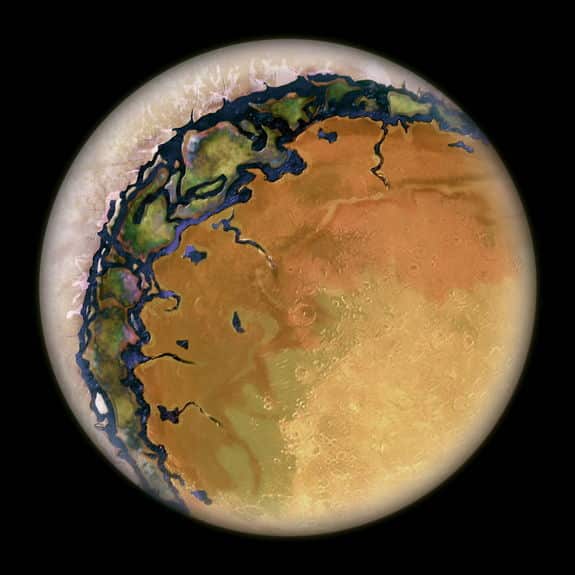
In other words, there might be liquid water on some of the exoplanet surface and the greenhouse gasses would set the amount of light in such a way that it may reach the planet’s surface. But, in the real world, atmospheres form clouds, distribute heat through winds and convection, and exhibit other sorts of complex behavior.
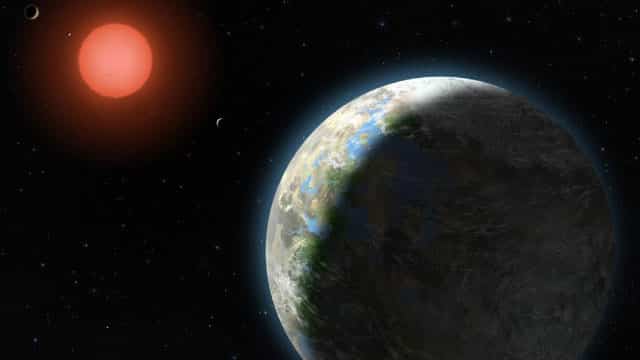
Keeping that in mind, two researchers at Peking University have made a full atmosphere-ocean model of the rotationally locked exoplanet which suggests that the ice and oceans of these types of planets would be dynamic, distorting the dark pupil of the eyeball into something resembling a lobster. For creating their model, they used Gliese 581 g. This model can capture a critical part of the distribution of heat on the Earth: the ocean circulation. But, as it’s not been confirmed yet that what Gliese 581 g’s atmosphere looks like, the authors assumed an Earth-like composition, having different amount of CO2 to change the intensity of the greenhouse effect. They also assumed the planet to be covered in a deep ocean.
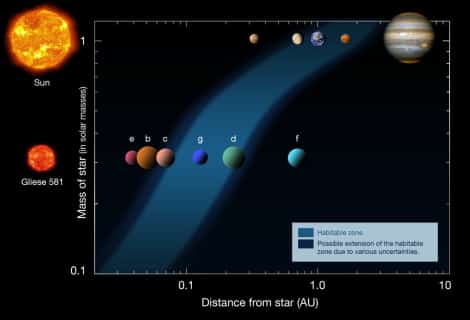
However, after many experiments with their created model, researchers found that the amount of incoming light dropped, the outer edge of the habitable zone—where all the water froze and a snowball planet formed—was actually closer in than the model without ocean circulation put it. On the inner side, the planet also melted at the point where a planet with a simplified ocean still had 70 percent of its surface covered in ice. This rapid melting increases the water vapor in the air, making it easier for the planet to enter a runaway greenhouse state.
What important thing found in this full atmosphere-ocean model is that the ice never got very thick on the dayside of the planet. Rather, most of the day side only had ice had very slight thickness though which light could easily reach the water underneath, meaning photosynthesis is a possibility over the entire dayside of the planet. Here’s a video for you.
It is expected that such types of atmosphere-ocean model of an exoplanet that other people are building now would reveal some more interesting information.
Source: Arstechnica
[ttjad keyword=”portable-hard-drive”]


